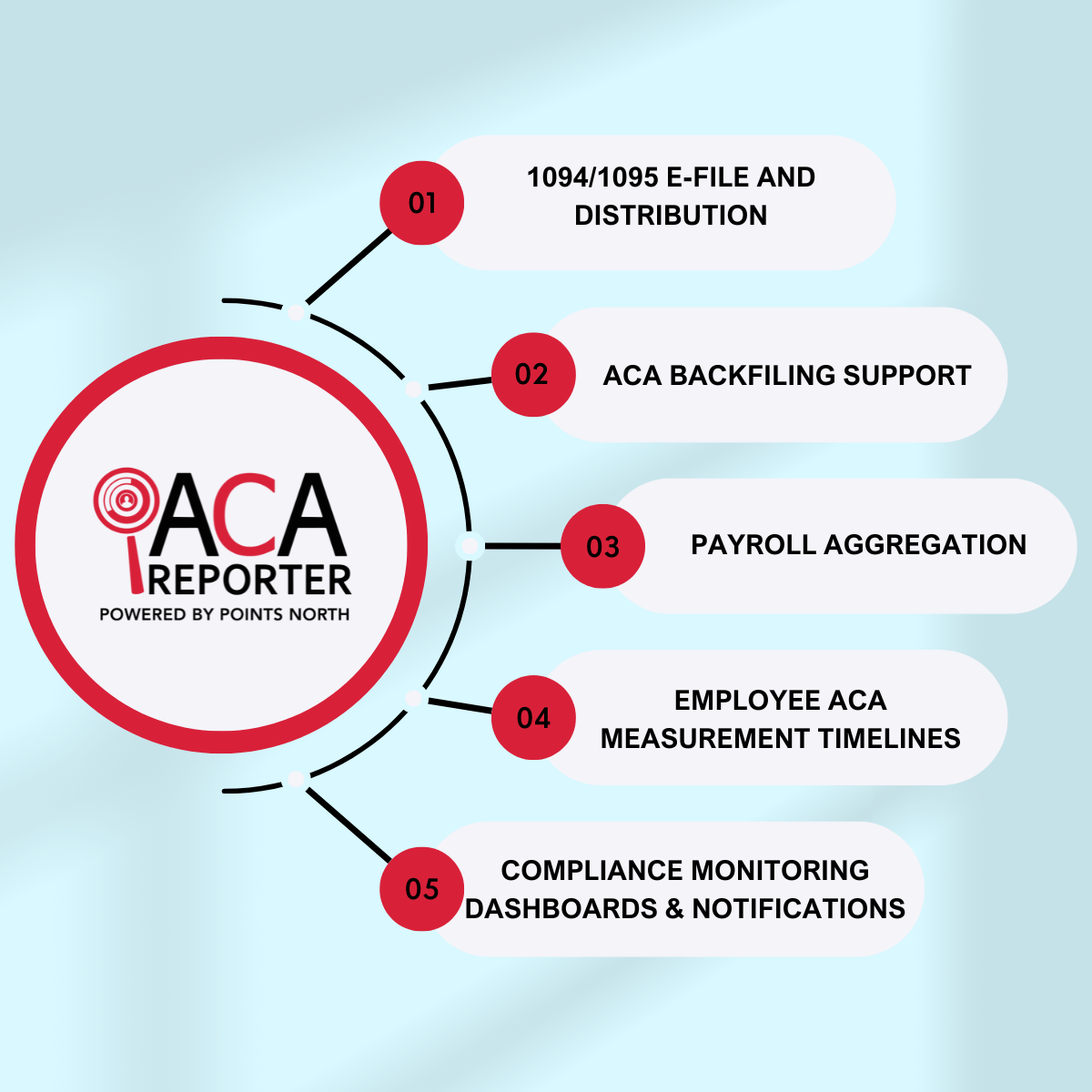
On March 23, 2010, President Obama signed the Affordable Care Act, otherwise known as Obamacare, into law. This law changed the way businesses offered healthcare to their employees.
No longer could a business with 50 or more employees not provide healthcare for their employees. Today, businesses across the country provide healthcare options for their employees, and more people than ever can afford a visit to the doctor.
Since 2012, ACA has undergone multiple revisions. How then does a business conduct Affordable Care Act implementation? What are the basic steps?
Keep reading to learn how your business can implement ACA coverage and provide employees with required health insurance.
Affordable Care Act Implementation Goals
To best understand how to implement the Affordable Care Act, it helps to understand the primary goals of the law. This law sought to make health insurance affordable for more people. The law helps make health insurance more affordable by providing subsidies for low-income families.
The law also aimed to expand the Medicaid program to individuals that had an income less than 138% of the federal poverty level. Finally, it sought to support innovative medicare delivery methods that would ultimately lower the cost of healthcare in general.
With that thought in mind, the act required employers with 50 employees or more to provide their employees with health insurance. This requirement helped lower the number of individuals without adequate health insurance.
How to Start Implementing the Affordable Care Act
As one can imagine, implementing the law takes time, effort, and purpose. You can take some simple steps to help your business start the process. Ultimately, though, technology such as ACA reporting software greatly improve your accuracy and efficiency.
Track Hours
Businesses with 50 or more employees must provide their full-time equivalent employees with health insurance. So begin by tracking your employees' hours. The government will take into account the employees who work less than 30 hours a week.
Determine Coverage
The Affordable Care Act considers all employees who average 30 hours a week full-time. This means the ACA requires businesses to provide these employees with healthcare coverage or they are subject to financial penalties.
When you hire an employee, you need to establish if you reasonably expect them to have 30 hours of service each week. If so, you must consider them full-time employees and offer them coverage.
Avoid Reducing Workers' Hours
Some employers feel pressure to reduce their workers' hours so they do not meet the full-time threshold. They theorize that they will slide under the radar and avoid the requirement to cover healthcare costs.
However, when you do this, you make your business subject to anti-abuse regulations. These will cost you even more financially. Plus, your best employees will walk away and look for jobs that give them full coverage.
In this climate of labor shortage, you cannot afford to lose workers. Attempting to avoid this cost will ultimately cost you more.
Government Contractors Pay Attention
Government contractors receive fringe benefits. The government helps determine their wages by including funds to pay for health insurance. If you use the fringe benefit art of the prevailing wage to give your workers health insurance, then you will save money.
When you use the fringe benefit to pay for workers' benefits such as health insurance, the powers that be remove the dollars from the payroll. These funds thus are not subject to payroll taxes and assessments like FUTA, SUTA, FICA, and even workers' compensation insurance in some states.
Over time, you will save a significant amount of money.
Just Pay
When you calculate your options including your company's tax rates and the amount you can deduct for employer contributions, it simply makes sense to pay for your employees' health insurance. If you do not pay health insurance for full-time workers, then you will have to pay a $2,000 tax for each employee.
Ultimately, failing to comply with the Affordable Care Act will result in more losses than just tax penalties. Seek to comply as much as possible to avoid penalties and to retain workers.
Expansion of Affordable Care Act
Ten years after the Affordable Care Act went into effect, it persists and grows. The current changes have Medicaid expanding coverage to all adults that have incomes reaching up to 138% of the Federal Poverty Level. This translates to $17,774 annual income for an individual.
The expansion also accommodates the expanding population by providing states with an enhanced federal matching rate. Currently, 39 states have adopted this expansion.
Seek Help To Comply
Affordable Care Act implementation takes focus and work, especially as the rules can vary by state. It begins with something as simple as tracking employee hours. While many employers are tempted to ignore the new law, they can't.
The penalties alone will harm their business. Plus, businesses will lose employees who see other employers providing the healthcare coverage they need. Thankfully, technology can meet the need that employers have to track regulations and rules.
Modern technology has developed ACA reporting and tracking software so you do not have to worry about complicated government paperwork.
Do you need help with your ACA reporting? We can help with our market leading software solution. Our ACA reporting system can handle all your filing needs.
Give us a call today, and let us help you file so you can stay compliant and focus on your business.






.png)